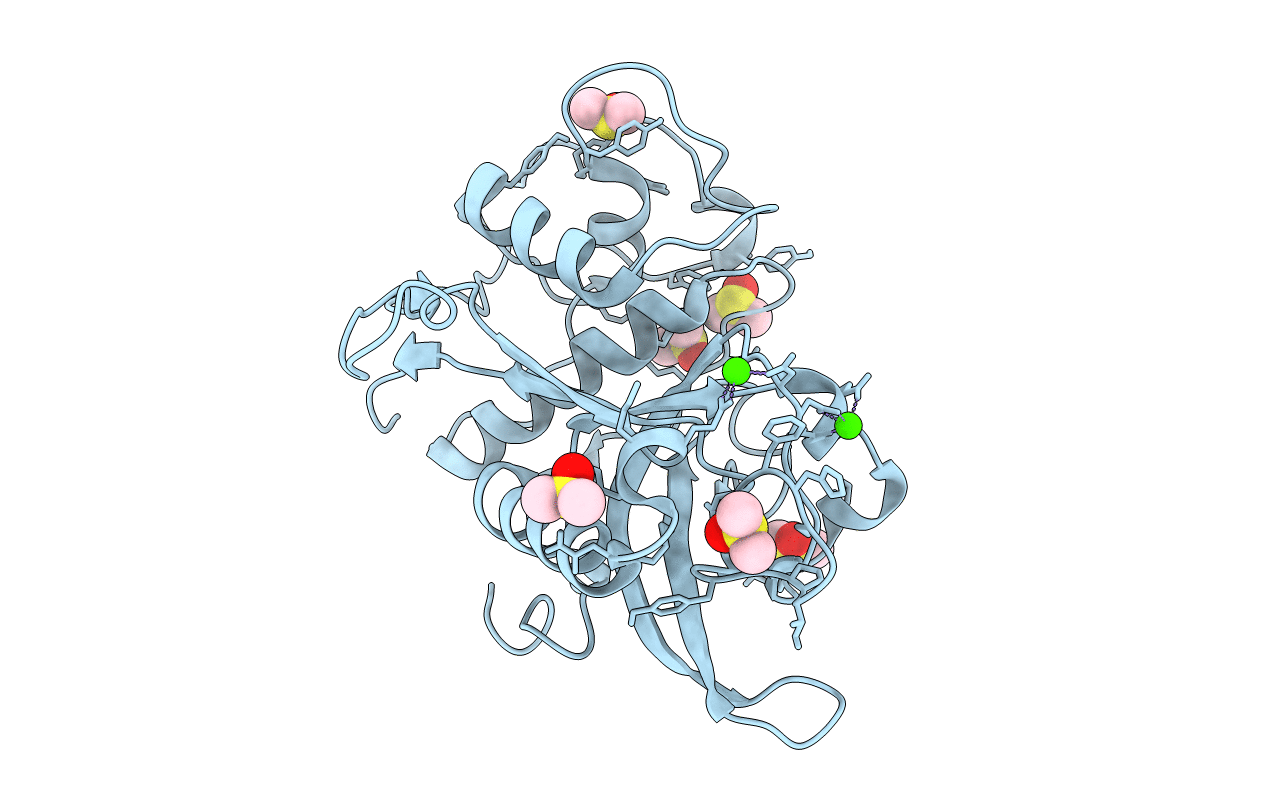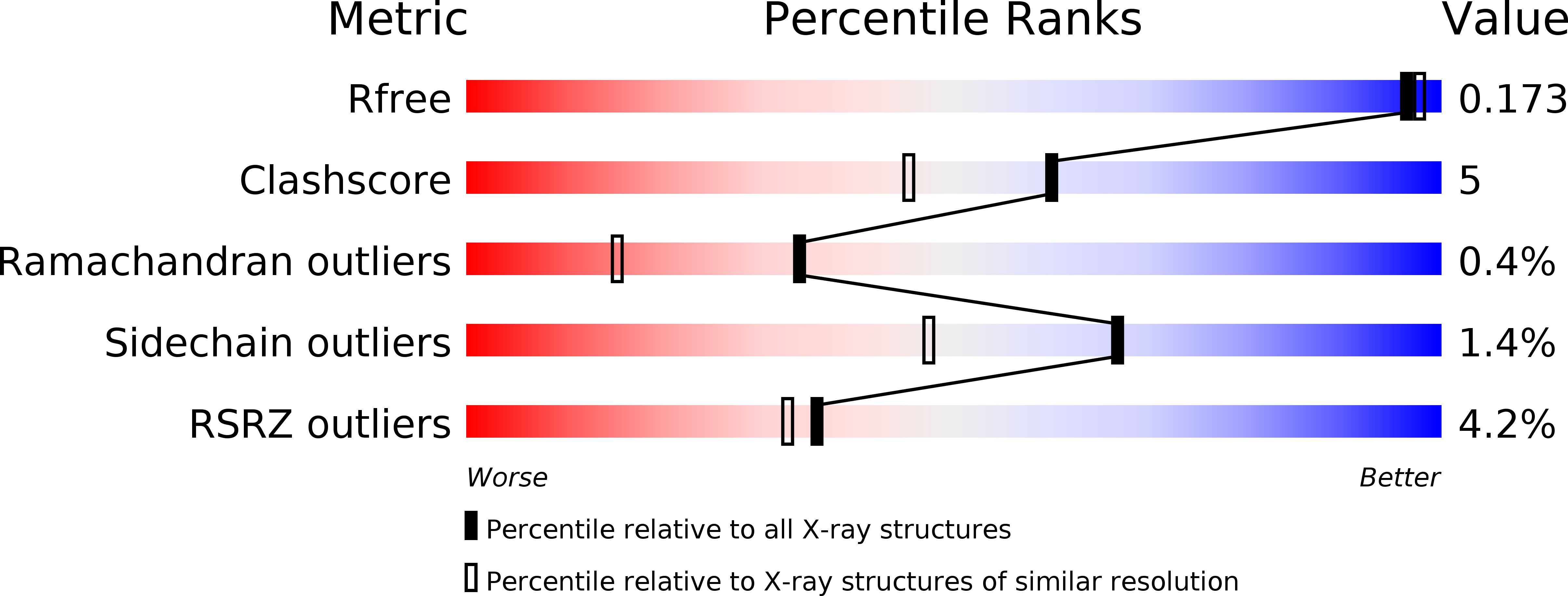
Deposition Date
2009-02-27
Release Date
2009-03-31
Last Version Date
2024-10-09
Entry Detail
PDB ID:
2WBF
Keywords:
Title:
Crystal Structure Analysis of SERA5E from plasmodium falciparum with loop 690-700 ordered
Biological Source:
Source Organism:
PLASMODIUM FALCIPARUM (Taxon ID: 5833)
Host Organism:
Method Details:
Experimental Method:
Resolution:
1.60 Å
R-Value Free:
0.18
R-Value Work:
0.15
R-Value Observed:
0.15
Space Group:
H 3


